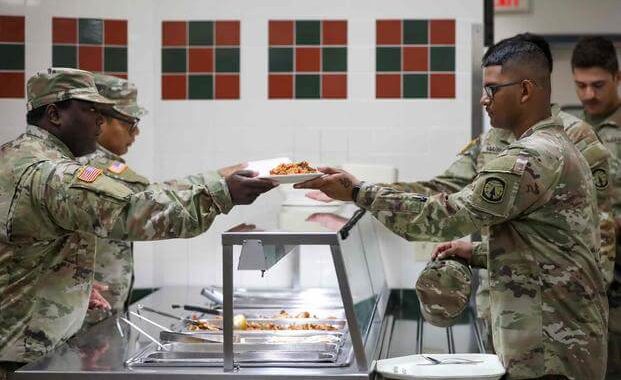1/2CR Conducts MEDEVAC Rehearsal
4 min read
VáRPALOTA, HUNGARY
06.06.2019
Story by Sgt. LaShic Patterson
2d Calvary Regiment
VÁRPALOTA, Hungary – In the U.S. Army, there are two common messages every Soldier must know how to prepare and use: call for fire and the nine-line medical evacuation request.
U.S. Army medics from the 1st Squadron, 2d Cavalry Regiment demonstrated the latter as part of a simulated medical evacuation rehearsal during Saber Guardian 2019, an exercise co-led by the Romanian Land Forces and U.S. Army Europe, at Várpalota, Hungary, June 3, 2019. SG19 is a part of the summer 2019 series of exercises to improve interoperability and readiness, taking place from June 3 – 24 at various locations in Bulgaria, Hungary and Romania.
“Medical evacuation, especially air MEDEVAC, like any tactical military movement, becomes exponentially complex when integrating allied and partnered forces and requires diligent rehearsals to get right,” said Maj. Gordon Mok, regimental surgeon, Regimental Support Squadron, 2CR. “Hungary has an advanced trauma care system, and it is essential for us to build on this relationship and interoperative understanding with our host nation’s medical system to effectively utilize that resource as a medical force multiplier.”
Supporting SG19, 1/2CR medics captured the real-life urgency of transporting a patient from Role 1 to Role 3 care during the rehearsal. Spc. Myko Coker, infantryman and driver assigned to Headquarters and Headquarters Troop, 1/2CR, volunteered to be the patient during the simulated MEDVAC rehearsal.
“I simulated injuries as if he had a dislocation in his shoulder, so we splinted his shoulder up with a cravat,” said Spc. Joshua Remy, combat medical specialist and driver of Medical Platoon, HHT, 1/2CR.
“He’s got lacerations to his head, so I wrapped it with some kerlix. We don’t do a lot of pressure dressing on here because it’ll crush down his skull. He had bleeding to his left leg, so I applied a tourniquet.”
While nonmedical Soldiers who take the combat lifesaver course to learn basic techniques to provide first aid and trauma care to Soldiers in the event of unavailability of certified medics, the U.S. Army relies heavily on the advanced training of the medics in life or death situations.
“He also had a gun shot wound to his lower pelvis, so we put inguinal dressing to keep pressure on that wound,” said Remy. “This inguinal dressing is only taught to medics; that’s a little too advanced for CLS.”
After initial care, Coker was, then, transported by U.S. Army medical personnel to the next phase of Role 1 care where a nine-line MEDEVAC was reported. The medics at the next stage conducted further assessments to include drawing blood, checking the patient’s pulse and blood pressure, applying a neck brace to prevent further injury and making updates to the patient’s casualty card.
Once completed, the patient was transported to a Stryker M1133 medical evacuation vehicle with Sgt. Christian Cortez, combat medical specialist and health care noncommissioned officer at 2CR’s aids station, HHT, 1/2CR.
“Once he comes into the MEV, the whole point there is reassessing everything that’s been done up until we get to the next line of care, which in this case, we’re taking him to a bird to go to Role 2 and Role 3,” said Cortez.
“The whole way through, I’m making sure his interventions are still keeping blood contained, making sure the medications we are giving him are working, he’s still alert, his vitals aren’t crashing, just basically keeping him alive until we get to a higher echelon and can pass him off to get him to surgery or whatever he needs.”
The Soldiers transported Coker from the Stryker MEV to the UH-60 Blackhawk helicopter where a team of flight medics with 12th Combat Aviation Brigade who secured the patient and transported him to the Split-Based Operations Military Hospital in Budapest, Hungary. With contracted linguists from Mission Essential to provide assistance with any language barriers between U.S. Army medics and local Hungarian medics, the SBO provides occupancy that doubles the surgical and trauma capability of a home station.
“Having U.S. MEDEVAC on station helps reassure ground commanders that their Soldiers will receive the best en-route care in the world,” said Capt. Kevin Zuniga, aviation officer, 12th CAB “Conducting rehearsals with host nation medical assets helps build confidence for all parties that the processes we’ve developed will work during real world incidents.”





